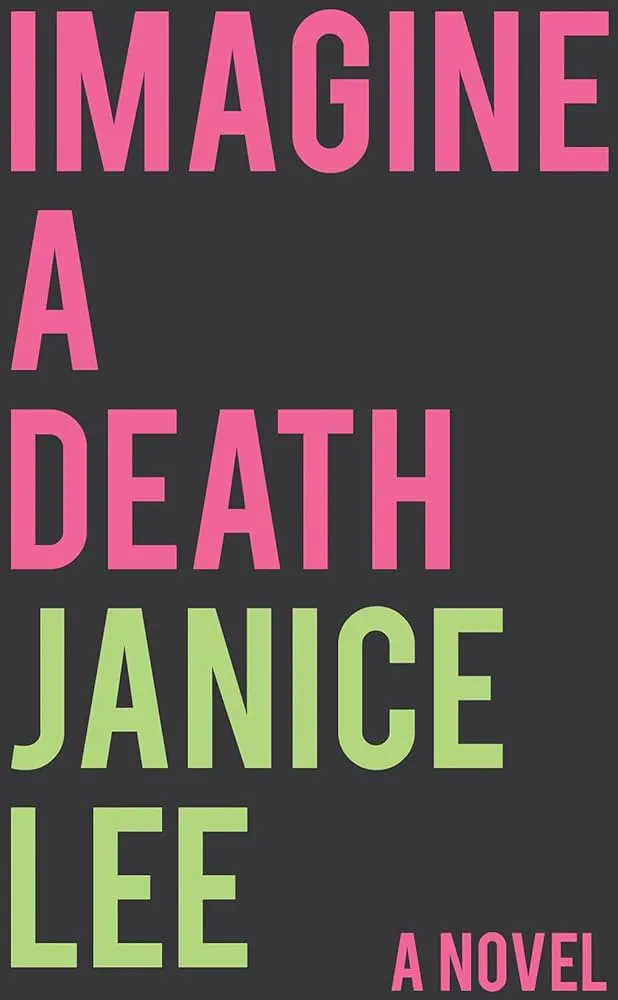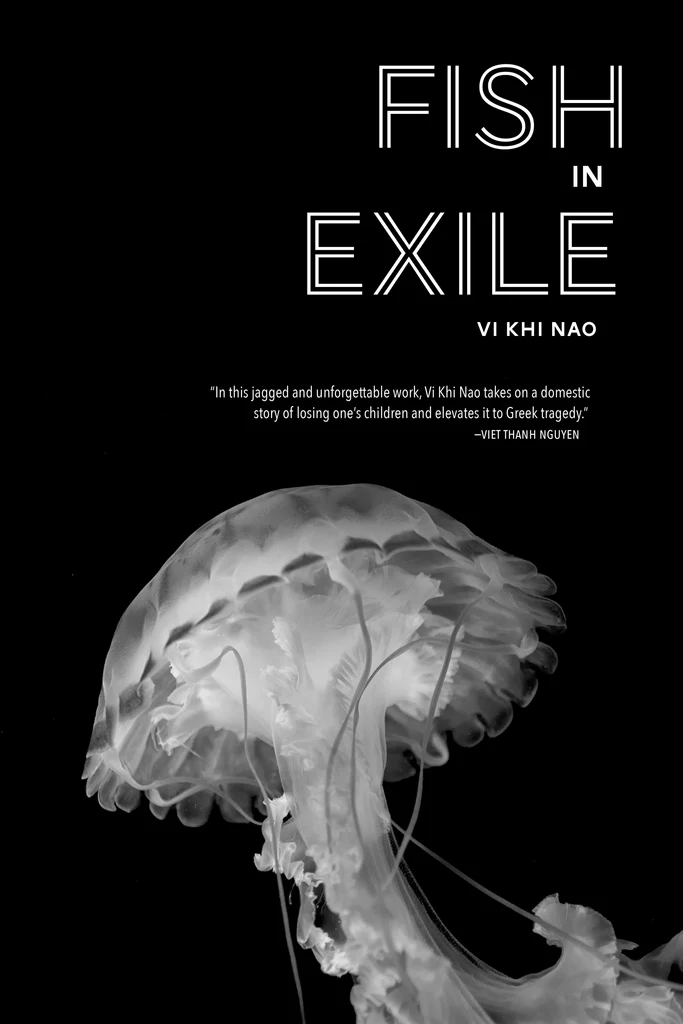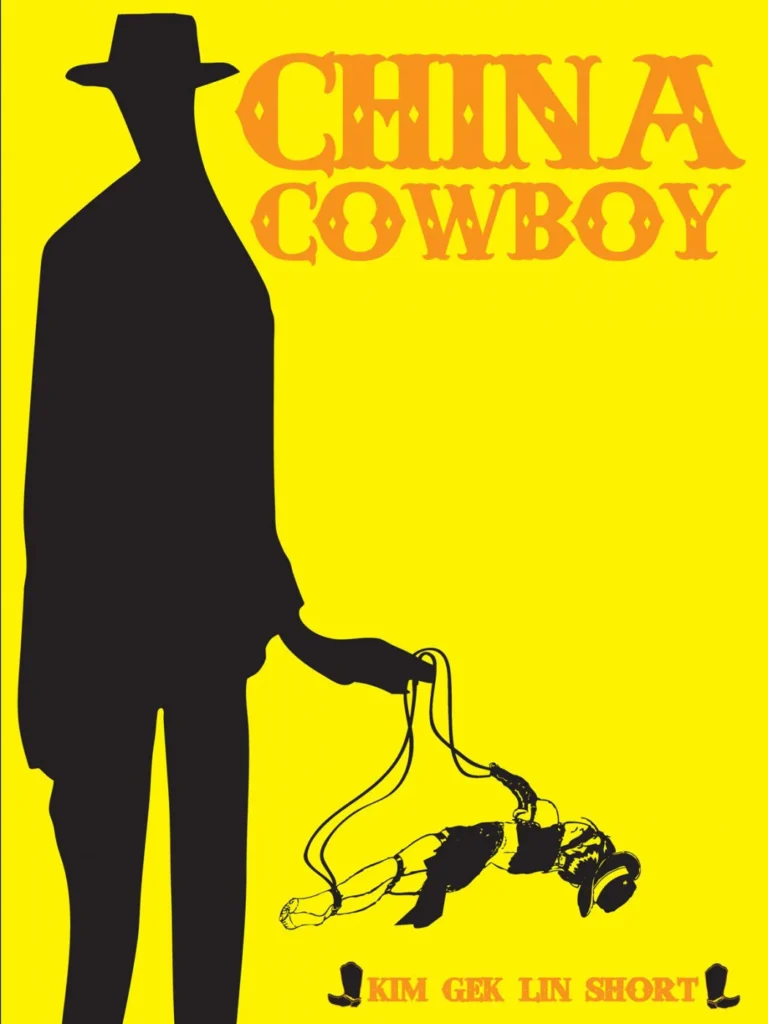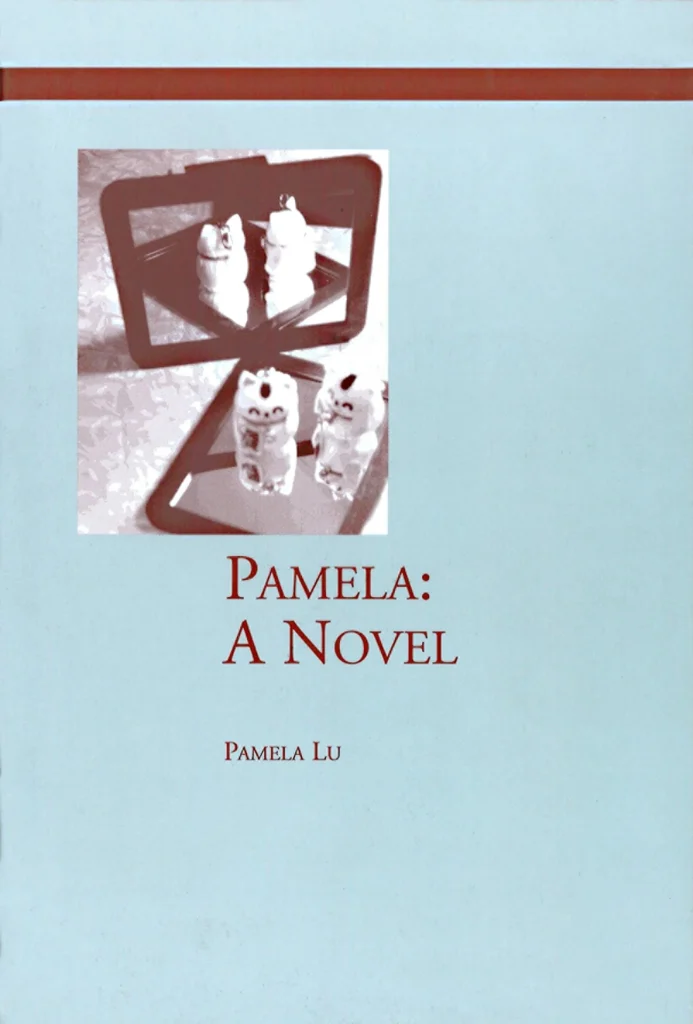
5 Experimental Writing Pieces That Work
Words By Erxi Lu, Art By CDD20
Have you ever read something and wished you could ingrain the words in your head forever? Stamped into the wrinkles of your brain, the words floating in proper orientation, your spiraling thoughts frozen into coherent ones. I’ve always been enamored with language—the way it can convey ideas, the way it can be sounded out, and the way that we can play with it. Below are five books with experimental writing that just work. Each one reassesses the way we think about how language can be used to describe things—the normal every day, the heightened close-eyed view of any action, the grief within living, spellbound fantastical stories, and more.

Dicteé – Theresa Hak Kyung Cha
Infamous for being difficult to read and understand, this work by Korean author, Theresa Hak Kyung Cha, blends together autobiography, fiction, poetry, image, and art through opaque language that resists explanation. The book is divided into nine parts with each chapter aligned with one of the nine Greek Muses. Cha, an artist who immigrated to the United States, attempts to reconcile her identity and trauma through splitting and recreating language to evoke the feeling of unbelonging. For me, its language cycles in my mind, the repetition of words dictated by some voices difficult to forget.
To learn more about Dicteé and an introduction on one way to read it, this blog post provides a helpful explanation.
Quote from Dicteé: “Forget and would be forgotten close eyes and would be forgotten not say and they are forgotten not admit and they are forgotten like sins say them they are forgiven forgotten and they are forgotten.”

Imagine a Death – Janice Lee
Janice Lee follows the lives of a writer, a photographer, and an old man as they navigate the survival of death and their own grief. Imagine a Death uses innovative prose with sentences that continue for pages to induce the experience of healing upon the reader. Each of these characters struggle to heal, and in turn, cycle through the days left within their lives in an almost repetitive fashion. Imagine a Death is hauntingly beautiful and real in its portrayal of the human condition in both our ability to move through trauma and inflict trauma onto others.
Quote from Imagine a Death: “She was only nine years old at the time, and hadn’t yet learned that the world was large and to be alone in the face of unknown treason could push one to endure unspeakable things, to constantly become in the process of retaking and reclaiming, hadn’t yet learned that death meant gone but not gone in forever and utterly wiped from existence, which is what she thought and which would have been easier, but gone in terms of all physicality and tangible evidence, yet the ghostly memories that haunt and taunt and tease and affect the core of one’s actions in such a way to push one of the brink of a binary existence….” (p. 30)

Fish in Exile – Vi Khi Nao
Vi Khi Nao explores grief in the context of the loss of a child. Her language creates billows of imagery and strangeness arises in the form of distortions of reality—or is reality indeed distorted? With allusions to Greek mythology (the main characters are named Ethos and Callisto) and a large dose of what most might consider weird, Fish in Exile uses language to explore grief and heal inside it.
To learn more about Vi Khi Noa and her philosophy behind writing, this interview on our website is a great place to start.

China Cowboy – Kim Gek Lin Short
Twelve-year-old La La desperately wants to be an American-country singer sensation, but she’s also beholden to her family, who makes money by stabbing and stealing from American tourists. When her family steals from Ren, a thirty-five-year-old man, he kidnaps and abuses La La in a manner that evokes Lolita and Humbert Humbert. But even in death, La La survives—aggressively, dangerously, sneakily—and she always wins. La La’s perspective and Short’s usage of language to describe La La’s dreams and experiences reclaims her agency in a situation where she might otherwise have none. The prose is horrifying, gross, phenomenal, and feisty in a want-to-close-the-pages-and-forget kind of way, but also in a finish-in-one-sitting-and-reread kind of way.

Pamela: A Novel – Pamela Lu
Pamela journeys through identity and self-expression through a tale of friendships. The names are shortened to letters, with the narrator being “P,” and the rest of her friends being different letters such as “L,” “R,” “YJ,” and so on. Through this, she decentralizes the pronoun “I.” With all the character names shortened to one letter, “I” turns from the first person into almost another character. In less than one hundred pages, Lu deconstructs the way we consider language and forms a new understanding of the first- and third-person perspective. All five of these novels provide a different perspective through which to experience life and life’s emotions—grief, trauma, suffering. By disrupting conventional language structures through haunting, cyclical narration like that of Imagine a Death’s or fragmented, poetic imagery in Dicteé, these authors evoke human experience within the reader. We are pulled into the emotional and cultural dislocation of the story. I hope these novels inspire you to embark upon a journey of reading (and maybe even writing!) experimental writing, where disrupting the rules is celebrated.